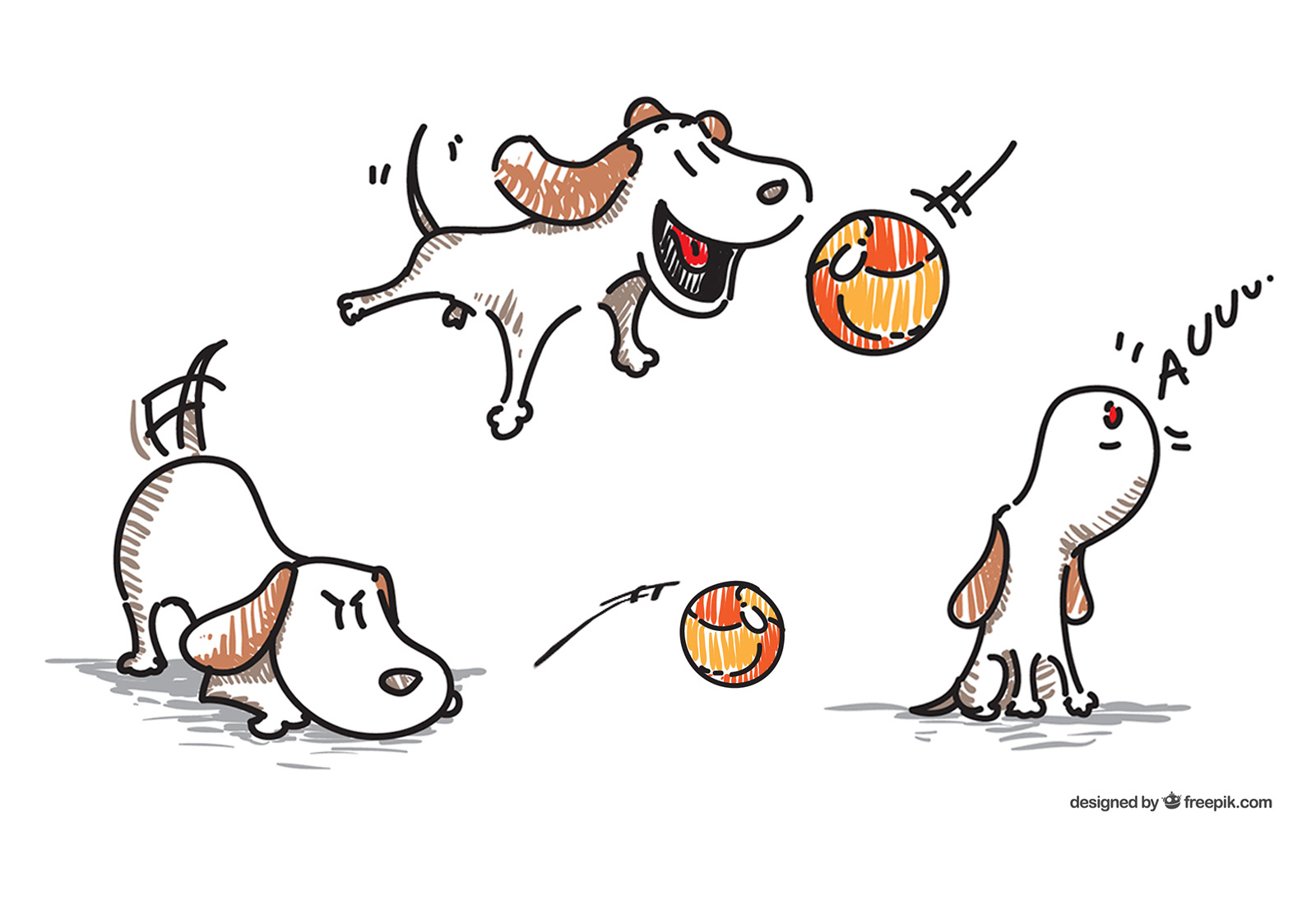![]()
The calling card of high profile leaders – from governors and presidents to CEOs – is strategic vision. Whenever a new leader wins an election or otherwise enters an organization, they waste no time sharing their bold strategy and implementing it across the ranks. However, the real test of leaders, and what they won’t so loudly talk about, is focus and follow-through.
When it comes to focus and follow-through over time, the road for leaders is very fraught. Why is that? Enter the Tennis Ball Theory of Leadership (copyright Adam Giorgi, patent pending, 2016).
How It Works
The Tennis Ball Theory of Leadership works like this:
- Leaders are like dogs.
- Big strategic initiatives and priorities are like tennis balls, gently tossed by at their mark.
- Naturally, dogs love to chase after these tennis balls with single-minded focus.
- However, hot button issues, news headlines, political wrangling, and various crises are also tennis balls, thrown by much more unpredictably.
- When it comes to these tennis balls too, dogs must again give chase.
- Problems arise when these unexpected tennis balls come zooming by and interrupt a chase already underway. The single-minded focus of the dog is tested and may be quickly re-directed.
We shouldn’t be surprised if these interruptions crop up a lot. In noting this, I want to be clear that none of the language behind the Tennis Ball Theory is meant to denigrate or disparage our high-profile leaders. After all, we all love dogs; these traits are simply in their nature. Instead, this theory is meant to illustrate the challenges and demands our leaders can face in maintaining strategic focus.
When our leaders are dogs, they may have an entire agency, company, state, or even nation all trying to play fetch with them at once.
What It Means for You
As government professionals, we all have initiatives, ideas, and priorities which require support and buy-in from high-profile leaders. You might want to combat climate change. You might want to make government work better. You might want to revolutionize health care or transportation. The list goes on.
These are our tennis balls, with which we seek to engage leaders in a game of fetch. When we can get their attention, our initiatives can count on strong support and firm, clear direction. But as the Tennis Ball Theory posits, we can’t always count on holding their attention with our initiatives alone. Other things may soon pull their attention away.
So what can we do to maintain strong leadership support of our initiatives? How can we use this knowledge to our advantage? Here are some ideas to keep in mind to ensure your big-picture initiatives don’t go bouncing down the road to oblivion:
- Build support from the top-down and the bottom-up. Remember that leadership isn’t the only place from which to seek support. Work with managers, supervisors, and staff in the trenches. Make sure they understand what you’re trying to do and their role in supporting the work. Not only are these individuals a great source of support, but they’re also less exposed to external forces and demands than our high profile leaders.
- Partner with others outside of your agency. Find other organizations with kindred missions and see if they’re doing any similar work that aligns with what you’re doing. Creating partnerships will bolster your initiatives, and projects with multiple agencies behind them command leadership attention and weather change more effectively.
- Harness public engagement to your benefit. One way or another, the public is responsible for many of the aforementioned tennis balls that come flying our leaders’ way. We can use this to our advantage. When appropriate, get the public involved in your initiatives. If they support it and get loud about it, it creates other scenarios where you grab leadership attention and your initiative is a strategic asset.
- Be topical and newsworthy. Don’t count on your initiative being intrinsically interesting on its own merits alone. Keep it fresh and don’t lose sight of how it remains relevant and important in our ever-changing world. How does your initiative relate to the pertinent challenges of our time? How will it make the world a better place? In answering these questions, link your work to the news headlines and happenings of the day. This will make them more enticing to leaders and easier to prioritize.
Leaders Are Important, But So Is Everyone Else
Whatever your organization’s initiatives are, getting leadership’s attention and keeping it is important. But as the Tennis Ball Theory illustrates, it can also be very challenging. As such, working with leadership can only be one part of a successful strategy. To ensure your work thrives, you owe it to yourself to build a robust network of support from numerous sources. Doing so will ensure your efforts don’t wilt or fade the next time an extra juicy, politically-charged tennis ball comes bouncing by your governor’s desk.





This is such a great metaphor. I really enjoyed this article and how well you tied this into actionable suggestions at the end!
Thanks, Daniel!
Wow, really enjoyed this post Adam! The metaphor is perfect, thanks for sharing!
Thanks, Francesca — Glad you enjoyed it!